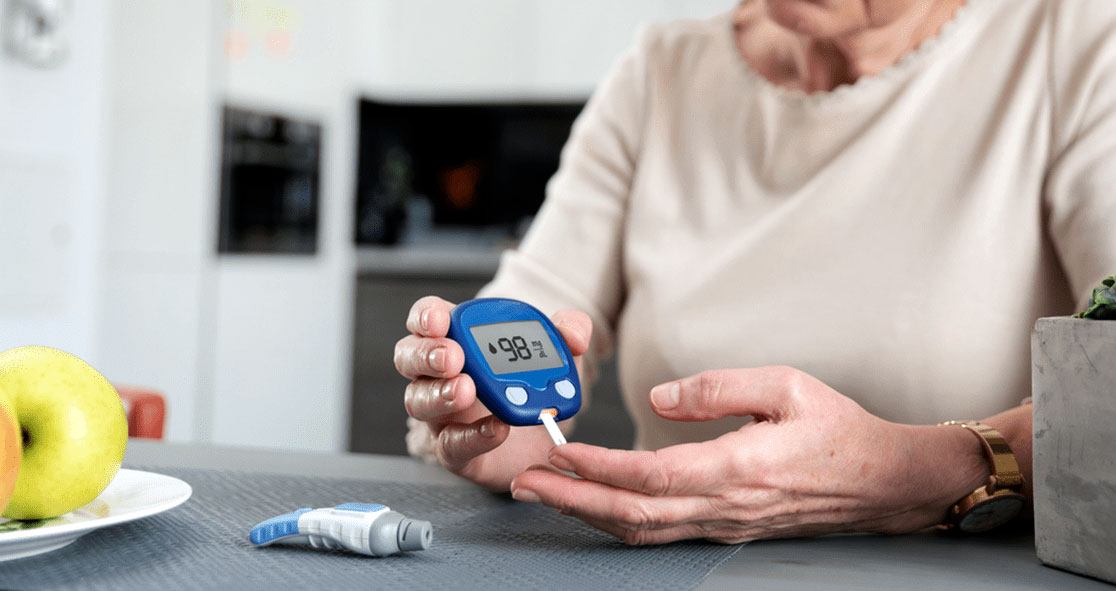A new paper published by Concordia University researchers Kerri Delaney and Sylvia Santosa looked at how fat from different parts of the body may lead to diabetes in men and women, according to Science Daily.
The paper, published in the journal Obesity Reviews, reviewed nearly 200 hundred scientific papers to understand how exactly fat operates at the surface and tissue level and the fat tissue contributes to diabetes onset.
Diabetes is one of the most common conditions, but there is still so much research left to fully understand it. While diabetes has been associated with obesity, experts still have no idea how exactly obesity causes diabetes.
Globally, over the past four decades, the number of type 2 diabetes mellitus cases has skyrocketed. The cases are estimated to have jumped from 108 million in 1980 to 422 million in 2014, especially in low- and middle-income countries.
Delaney, the paper’s lead author, said, “There are many different theories about how diabetes develops, and the one that we explore posits that different regions of fat tissue contribute to disease risk differently. So the big question is, how do the different depots uniquely contribute to its development, and is this contribution different in men and women?”
The researchers explained that fat is stored in different places in men and women. Men tend to store that fat around the abdominal organs, called visceral fat. Women store that fat just under the skin, known as subcutaneous fat. And diabetes is closely linked to abdominal fat.
In men and women, fat appears to exhibit different features and it grows differently.
For instance, in men, fat tissue expands because the fat cells grow in size, and in women, fat cells multiply and increase in number. This process changes with the loss of estrogen that disappears with menopause in women, which is why men are more vulnerable to diabetes earlier in life than women are.
The researchers opine that diabetes risk could be due to visceral fat in men and subcutaneous fat in women so they looked through the papers to understand what happens in the cell-level microenvironments.
They found there were overall differences in the immune cell, hormone, and cell signaling level in men and women that seem to support different origins in diabetes between the sexes, according to Science Daily.
The authors hope that the findings would help develop clinical strategies to treat diabetes.
Santosa said, “Currently, the treatment of diabetes is similar for men and women. If we understood the differences between them better, we could consider these mechanisms in recommending treatments to men and women based on how diabetes medications work.”





















